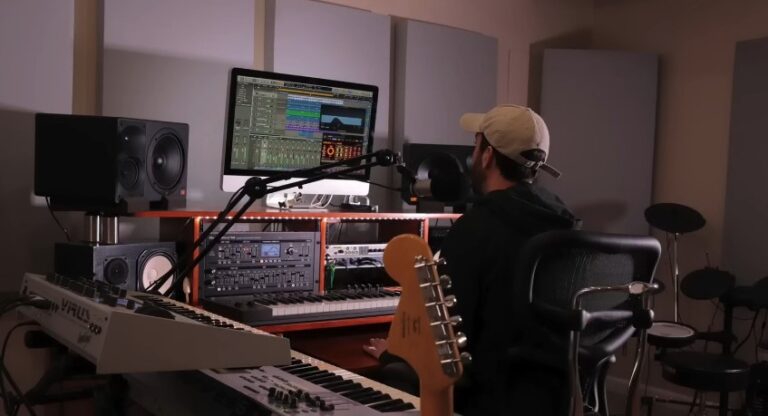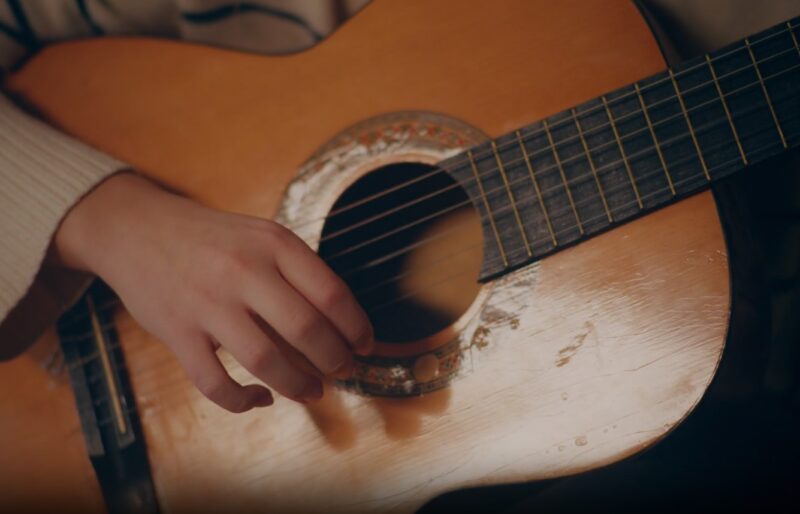“Classico” begins with a series of rapid arpeggios and transitions into a medley of famous classical music themes, including Beethoven’s “Für Elise” and Mozart’s “Eine kleine Nachtmusik,” intertwined with Tenacious D’s characteristic comedic lyrics.
The song showcases not only technical guitar proficiency but also an understanding of classical music’s depth and versatility. To effectively learn “Classico,” it is crucial to approach it with respect for its classical foundations while embracing the playful spirit of Tenacious D.
Table of Contents
ToggleEquipment and Setup
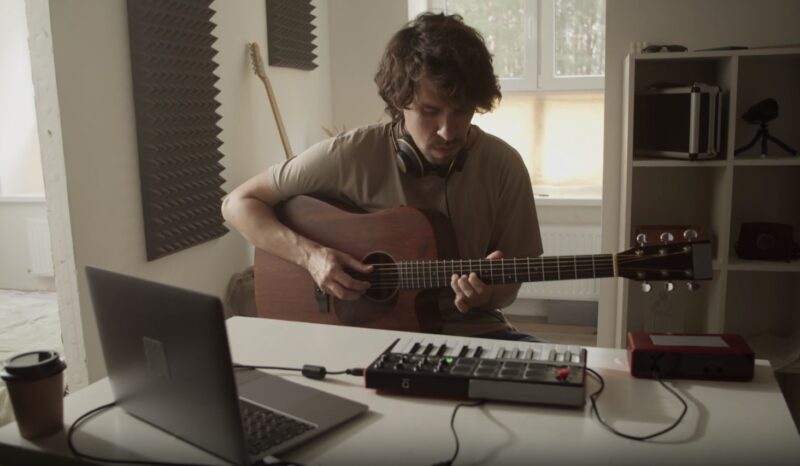
Before playing “Classico,” ensure your guitar is adequately set up. Although originally played on an acoustic guitar, “Classico” can be performed on both acoustic and electric guitars.
The key is to achieve a clean, crisp sound that allows the intricacies of the piece to shine through. A classical guitar with nylon strings may offer the closest sound to the original recording, but any guitar with a clear tone and comfortable action will suffice.
Technique: Fingerstyle Fundamentals
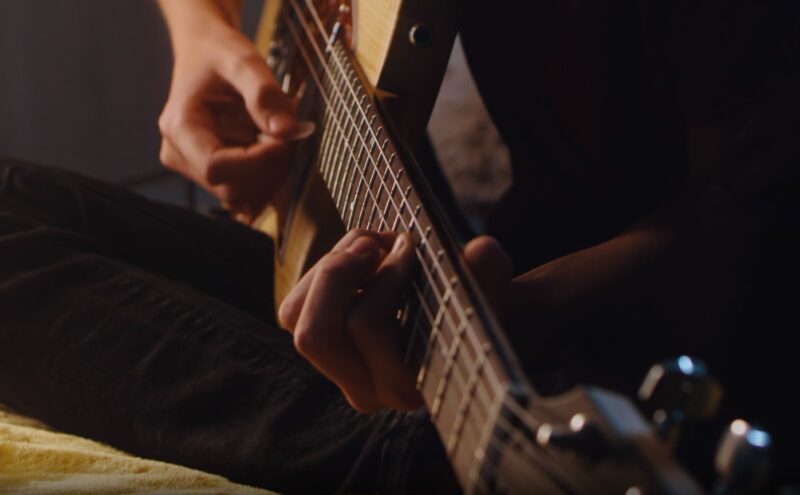
“Classico” is predominantly played using fingerstyle technique, a method where the strings are plucked directly with the fingertips, fingernails, or picks attached to fingers. Mastery of fingerstyle is essential for the rapid arpeggios and melody lines in “Classico.”
Begin by practicing finger placement and control, ensuring each note is articulated clearly and evenly. Pay special attention to your thumb, index, middle, and ring fingers, as they will be primarily used throughout the piece.
| Tip/Trick | Description |
|---|---|
| Finger Placement | Ensure that each finger is correctly positioned on the strings. Your thumb (p) should take care of the bass strings (E, A, and D), while your index (i), middle (m), and ring (a) fingers manage the treble strings (G, B, and e). Proper placement is crucial for clear note articulation. |
| Practice Slowly | Start by playing the piece slowly to focus on the accuracy of finger movements. Gradually increase the speed as you become more comfortable, using a metronome to keep tempo. |
| Fingernail Care | For those using their fingernails to pluck the strings, keep your nails at an optimal length and shape for playing. This can enhance the sound quality and ease of playing. |
| Dynamic Control | Practice varying the pressure and attack with each finger to control dynamics. This technique is vital for expressing the piece’s nuances. |
| Finger Independence | Develop independence between fingers through exercises designed to separate their movements. This skill is essential for the complex fingerpicking patterns in “Classico.” |
| Regular Breaks | Take regular breaks during practice sessions to prevent fatigue and injury. Fingerstyle guitar, especially complex pieces like “Classico,” can be physically demanding. |
| Alternate Fingerings | Experiment with different fingerings for challenging sections. Sometimes, using an alternate finger can make a passage easier to play and sound smoother. |
Breaking Down the Arpeggios and Melodies
The opening arpeggios of “Classico” set the stage for the technical demands of the piece. Start slow, focusing on clean execution of each note. Use a metronome to gradually increase your speed without sacrificing accuracy.
As you progress to the melodic sections, such as the motifs from “Für Elise” and “Eine kleine Nachtmusik,” concentrate on the fluidity of your transitions between notes. It is not merely about playing notes in sequence but about weaving them into a cohesive musical narrative.
Dynamics and Expression
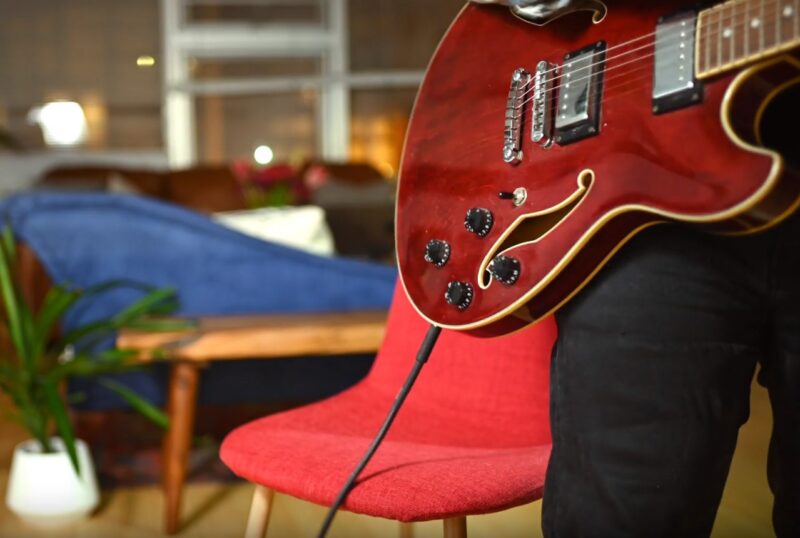
One of the challenges of “Classico” lies in its dynamic range and expressiveness. Tenacious D’s rendition moves from soft, intricate passages to more robust, emphatic sections. Control over the dynamics of your playing will bring depth to your performance.
Experiment with varying the pressure of your fingerpicking to achieve a wide range of volumes and tones. Pay close attention to the comedic timing of the lyrics as well, as this adds another layer of complexity to the piece’s dynamics.
FAQs
Can “Classico” be played on an electric guitar with the same effectiveness as on an acoustic guitar?
Yes, “Classico” can be effectively played on an electric guitar, although the original tone and feel were designed for an acoustic guitar.
The electric guitar can offer a different tonal quality and may facilitate easier playability of the rapid arpeggios and transitions due to its typically lower action and lighter string gauge. The key to success is in the articulation and dynamic control, regardless of the guitar type.
Is it necessary to have prior experience with classical music to play “Classico”?
While prior experience with classical music can be beneficial, particularly in understanding the nuances and techniques of classical guitar playing, it is not strictly necessary to play “Classico.”
The song blends classical themes with rock, making it accessible to guitarists with diverse backgrounds. A willingness to learn and adapt to the stylistic demands of the piece is more crucial.
How long does it typically take to master?
The time it takes to master “Classico” varies greatly depending on the guitarist’s skill level, practice routine, and familiarity with fingerstyle technique and the classical pieces referenced in the song.
For an intermediate player, it might take a few weeks to get comfortable with the piece, with consistent practice. Beginners might need more time to develop the necessary techniques and dexterity.
Are there any exercises recommended to improve the fingerstyle technique needed for “Classico”?
Yes, practicing scales and arpeggios using the fingerstyle technique can significantly improve your fluency and precision. Additionally, exercises focusing on finger independence and strength will help in mastering the rapid transitions and dynamic expressions in “Classico.” Classical guitar studies, such as those by Fernando Sor or Mauro Giuliani, can also be beneficial.
Can I use a pick to play “Classico,” or is fingerpicking mandatory?
While “Classico” is primarily designed for fingerstyle playing to capture the intricacies and dynamics of the piece accurately, guitarists not comfortable with fingerpicking can use a pick for the melodic sections. However, using a pick might limit the ability to play the arpeggiated sections with the same clarity and texture as fingerstyle.
What are some tips for maintaining the comedic timing of the lyrics while focusing on the guitar part?
The comedic timing in “Classico” is crucial for capturing the essence of Tenacious D’s style. One tip is to first become comfortable with the guitar part until it becomes almost second nature. Then, practice speaking the lyrics out loud without playing, focusing on their comedic timing. Gradually combine both, starting slowly and building up speed, ensuring that neither the guitar playing nor the comedic timing is compromised. Listening closely to the original track and possibly practicing with a metronome can also help maintain the rhythm and timing.
Final Words
“Classico” by Tenacious D is a piece that offers guitarists a unique opportuenity to blend classical guitar techniques with modern musical humor. Through diligent practice, attention to technique, and an appreciation for the song’s comedic and musical genius, guitarists can add a truly distinctive piece to their repertoire.
Remember, the journey to mastering “Classico” is as rewarding as the performance itself, offering lessons in precision, expression, and musical storytelling that will enrich your guitar-playing journey.



